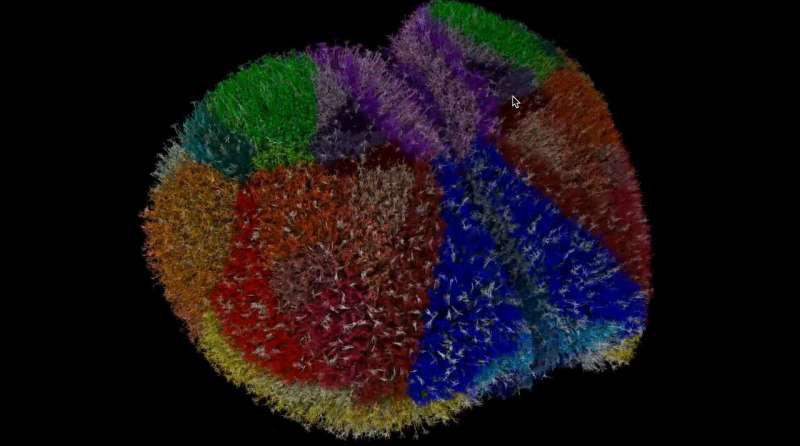This virtual copy of a whole mouse cortex allows researchers to study the brain in a new way: simulating diseases like Alzheimer’s or epilepsy in the virtual world to watch in detail how damage spreads throughout neural networks or understanding cognition and consciousness. It simulates both form and function, with almost ten million neurons, 26 billion synapses, and 86 interconnected brain regions.
This spectacular achievement is the product of Supercomputer Fugaku, the Japanese flagship supercomputer that can crunch data faster than we can blink, with quadrillions of calculations per second.
Scientists at the Allen Institute and Tadashi Yamazaki, Ph.D., from Japan’s University of Electro-Communications, along with three other Japanese organizations, led the project. An upcoming paper will unveil the accomplishment at SC25, taking place in mid-November.

